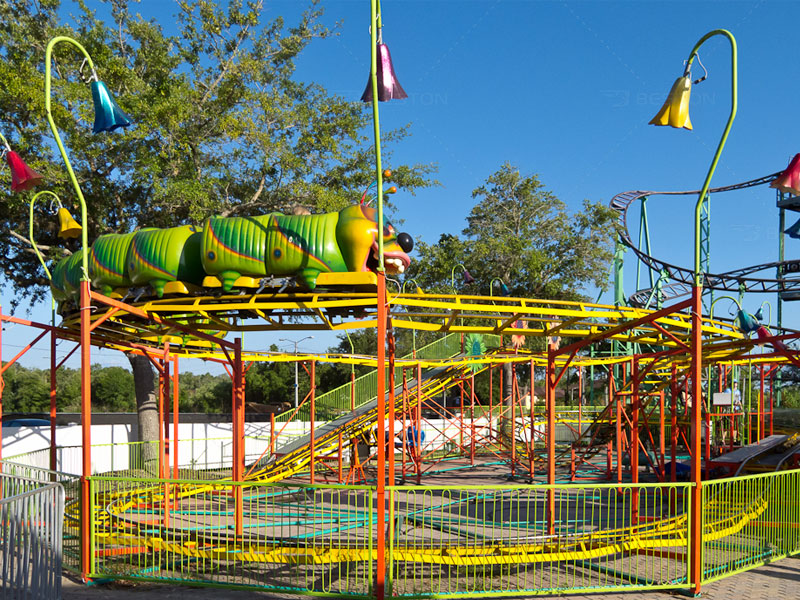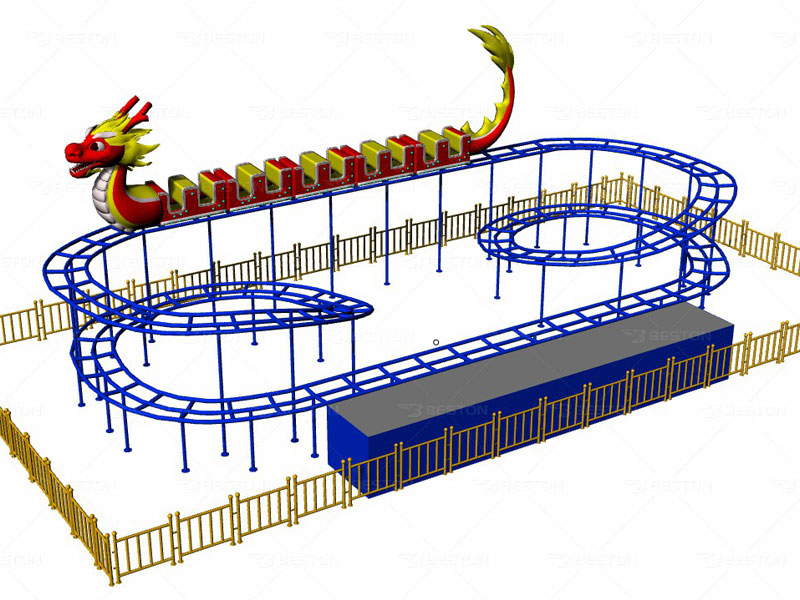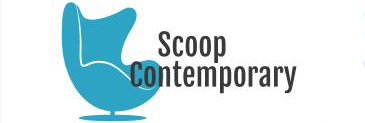Customizing small roller coasters for your park can be an exciting and engaging way to create a unique and memorable experience for your visitors. Here are some steps to help you customize small roller coasters for your park.

1. Define Your Vision: Start by clearly defining your vision for the mini roller coaster rides for kids. Consider the theme, target audience, and overall atmosphere of your park. Think about the story or narrative you want to tell through the coaster and how it aligns with your park’s branding.
2. Research and Collaboration: Conduct research to find roller coaster manufacturers or suppliers who specialize in customization. Look for companies with experience in designing and building customized roller coasters. Collaborate with them to bring your vision to life. Communicate your ideas, requirements, and any specific features you want to incorporate into the coaster.
3. Design and Layout: Work closely with the roller coaster manufacturer to create a design and layout that fits your park’s available space and aligns with your vision. Consider factors such as the coaster’s footprint, height restrictions, and safety regulations. Collaborate on the track layout, including elements like twists, turns, drops, and inversions, to ensure an exhilarating and unique ride experience.
4. Theming and Aesthetics: Customize the visual aspects of the roller coaster to match your park’s theme. This can include themed trains, color schemes, signage, and theming elements along the track. Incorporate elements that enhance the overall experience, such as sound effects, lighting, or special effects that interact with the coaster.

5. Safety and Engineering: Safety should be a top priority when customizing roller coasters. Ensure that the coaster design complies with industry safety standards and regulations. Work closely with the manufacturer to incorporate necessary safety features, including restraint systems, emergency braking systems, and regular maintenance protocols.
6. Testing and Ride Experience: Before opening the customized roller coaster to the public, conduct thorough testing and commissioning. Test the ride for smooth operation, appropriate speed, and comfort. Conduct rigorous safety inspections to ensure that all components are functioning properly. Pay attention to rider experience, ensuring that the coaster provides the desired thrills without compromising safety.
7. Marketing and Promotion: Once the customized roller coaster is ready, develop marketing and promotional campaigns to create excitement and attract visitors to your park. Highlight the unique features and experiences offered by the customized coaster, showcasing it as a key attraction of your park.
Learn more about roller coaster costs.
